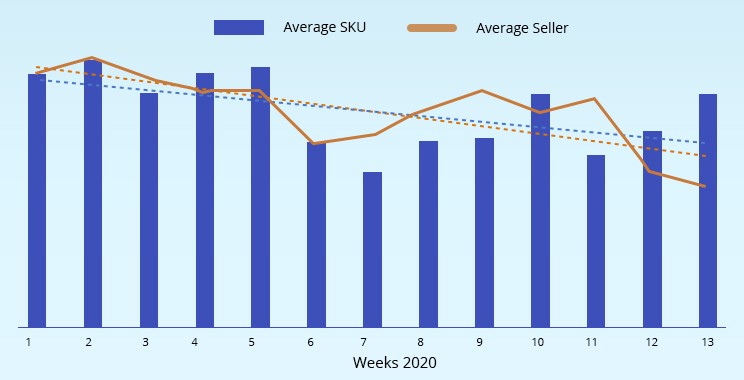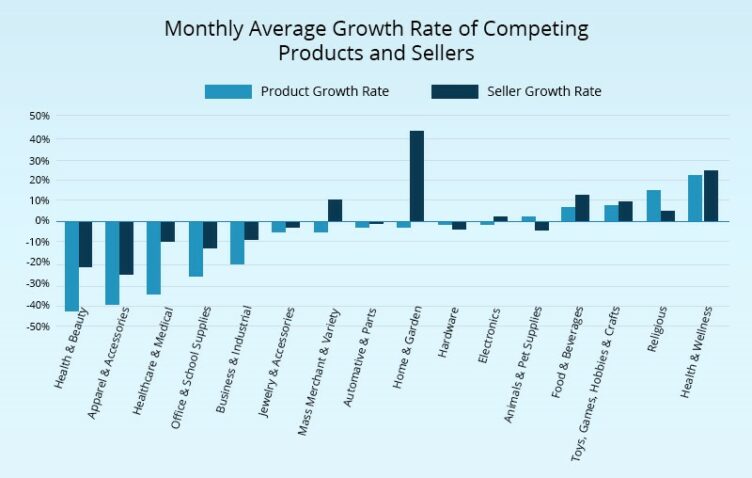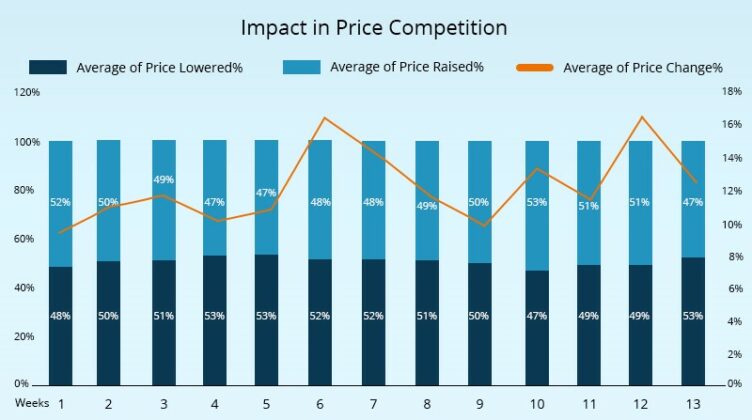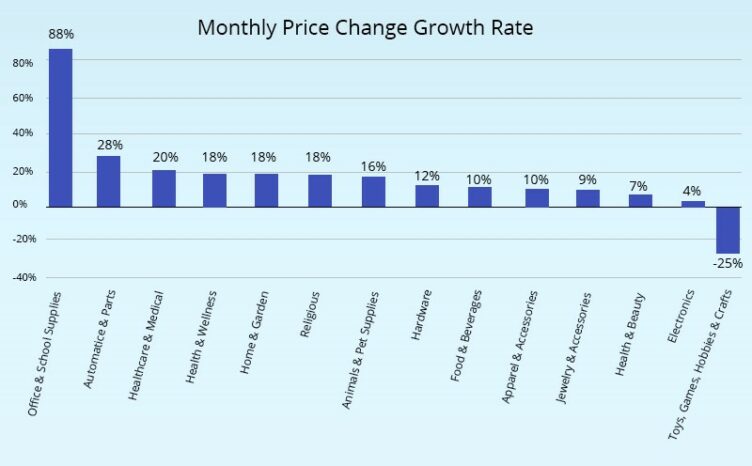As coronavirus cases started surfacing in the U.S. earlier this year, many turned to the internet for information. Google search trend data from March 2020 showed a significant spike in the number of searches related to the coronavirus. With the number of cases rising and lockdowns throughout the world causing businesses to close their doors, the online retail industry is expected to boom.
Google search trend data from March 2020 showed a significant spike in the number of searches related to the coronavirus With changing market conditions and shopping habits.

More people than ever are opting to shop online due to this pandemic event, ordering everything from entertainment items to groceries. Online retailers are already seeing a significant shift to customers ordering essential items. While there are a lot of challenges ahead for the retail industry, the key to moving forward is to collect and analyze data to develop a growth strategy that works with changing market conditions and shopping habits.
We at GrowByData analyzed and compared revenue and price competition data from February 2020 and March 2020 for various e-commerce industries to check the immediate impact of the coronavirus pandemic and to see how it has impacted the online retail industry.
Impact in Revenue Growth by Retail Verticals
The graph below shows the average revenue growth rate by various retail verticals. For example, arts and entertainment have seen revenue slow down by as much as 40, while the food and beverage vertical has seen the highest growth rate (53 percent).

Impact in Market Competition
The graph below shows the weekly average of products and sellers advertising and competing daily in the Google Shopping market. From the first coronavirus news flashes coming out of China to the rising number of cases in the U.S., the market has seen a steady downward trend in the average number of products and sellers competing in the market.







